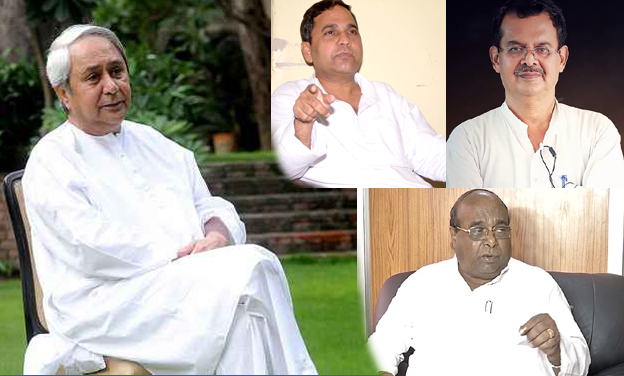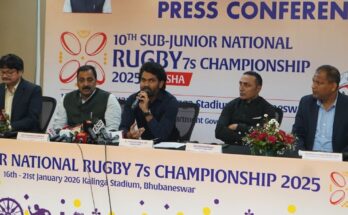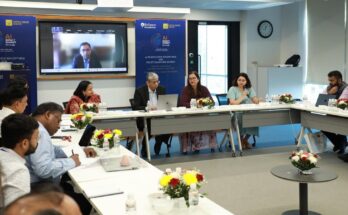By Ashutosh Mishra
A few weeks ago, former MP and Utkal Bharat leader Kharvela Swain hinted at the possibility of smaller parties coming together ahead of the elections in a bid to challenge chief minister Naveen Patnaik’s uninterrupted rule of nearly two decades in Odisha. More recently, Pradesh Congress Committee (PCC) president Niranjan Patnaik indicated that his party was not averse to the idea of having an understanding with like-minded parties.
Such statements are not uncommon in an election year. But their political significance in a state like Odisha would depend entirely upon the strength of smaller parties, whether they formed a combine of their own or entered into an understanding with the Congress.
One could make out from the statement of Swain that he was expressing optimism about the coming together of outfits like his own Utkal Bharat and Biju Samata Kranti Dal (BSKD), whose formation was announced sometime ago by expelled Biju Janata Dal (BJD) leader Damodar Rout. Broad hints were also dropped about the possibility of former Kendrapara MP Baijayant Panda joining forces with these parties.
Let’s face the facts. While Utkal Bharat is a political lightweight with virtually no influence on the voters, the BSKD has proved to be a stillborn child. Political circles are rife with rumours that Rout is not getting along well with former union minister Braja Kishore Tripathy, whose Samata Kranti Dal (SKD) has virtually merged with the new outfit with only ‘Biju’ being prefixed to SKD as the leaders obviously wanted to cash in on the popularity of their political idol and guiding spirit late Biju Patnaik.
This combine, thus, would prove to be a political dud. Even in terms of resources, the leaders of these parties cannot match the resources at the command of parties like the BJD and BJP. They will, thus, not be able to pose much of a challenge to Patnaik in the elections. As for the Congress, which is still struggling to put its act together in the state, it will find a difficult task to seek allies in a state where smaller parties virtually do not exist. The two communists parties, which have a notional presence in the state, may or may not align with the Congress depending upon how things unfold in the run up to the elections.
As it is, the talk of Mahagathbandhan (grand alliance) against the BJP at the national level has virtually no context in Odisha where the Naveen Patnaik-led BJD has already distanced itself from such efforts and where the Congress seems to be progressively on the decline, thanks to infighting. The two communist parties would take a stand vis a vis the Congress depending upon what suits their interest most. Ever since the BJD dumped the BJP, the communists in Odisha have been closer to Patnaik’s party in ideological terms but the chief minister seems to be in no mood to join any combine or front at the moment.
While Naveen Patnaik has already said ‘no’ to Mahagathbandhan his response to Telengana chief minister K Chandrashekhar Rao’s proposal to join the efforts to evolve a federal front of regional parties has at best been lukewarm. Patnaik, who maintains a policy of equidistance from Congress and the BJP, apparently thinks that his party would be better off going it alone in the next elections.
That being so, the chances of smaller parties making much of an impact in the upcoming elections in the state seems remote. By all accounts, it would once again be a triangular contest between the BJD, BJP and Congress. The fate of the first two parties would depend a lot on how Congress fares in this battle.




